Double skin facade materials examples PDF free download
Introduction
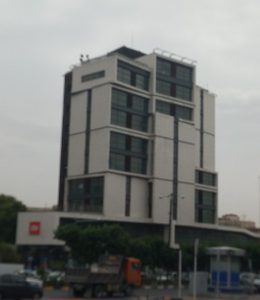
Double skin facades have emerged as a popular architectural concept that combines aesthetics, energy efficiency, and environmental sustainability. This innovative building design involves two layers of glass or other materials separated by an air cavity, providing numerous benefits such as improved insulation, solar shading, and reduced energy consumption. In this article, we will explore various materials used in double skin facades and present a free PDF download to help readers gain deeper insights into this fascinating architectural trend.
-
Glass:
Glass is one of the most widely used materials in double skin facades due to its transparency and ability to regulate light and heat. In this system, the outer glass layer shields the building from the external environment, while the inner layer enhances insulation and prevents heat loss. Low-E (Low Emissivity) coatings can be applied to the glass to improve energy efficiency by reducing heat transfer through the facade.
-
Photovoltaic Glass:
To harness solar energy, photovoltaic (PV) glass can be integrated into the outer layer of a double skin facade. PV glass panels capture sunlight and convert it into electricity, thus contributing to the building’s power needs and reducing reliance on the grid. This innovative application showcases the blend of aesthetics and sustainability in modern architecture.
-
Louvers and Sunscreens:
Louvers and sunscreens are external shading devices made of materials like aluminum, timber, or composite materials. Placed between the double skin layers, these elements offer effective solar control, reducing the building’s cooling load and minimizing glare. Additionally, they add an interesting visual dynamic to the facade.
-
Translucent Polycarbonate:
Polycarbonate panels are lightweight and highly transparent, making them an ideal choice for the outer layer of double skin facades. They allow diffused natural light to penetrate while maintaining privacy. Translucent polycarbonate is often used in commercial buildings, shopping centers, and educational institutions.
-
Aerogel:
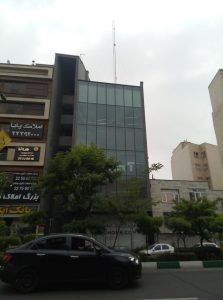
Aerogel is a remarkable material known for its exceptional insulating properties. It can be inserted into the air cavity between the two layers of glass to improve thermal performance significantly. Although it is a high-performance material, its use might be limited due to cost considerations.
-
ETFE (Ethylene Tetrafluoroethylene) Foil:
ETFE is a lightweight and durable material that can be used as an alternative to glass in double skin facades. It offers excellent thermal performance and is highly resistant to UV radiation and weathering. ETFE foil is often seen in large-scale projects like stadiums and atriums, where its transparency and lightness create an impressive architectural effect.
-
Textile Facades:
Textile facades, made of high-tech fabrics such as PTFE-coated fiberglass or PVC, can be incorporated into double skin systems. These fabrics offer unique aesthetic possibilities and are known for their flexibility, allowing architects to create intriguing shapes and designs.
Free PDF Download:

For readers interested in delving deeper into the world of double skin facades, we are pleased to offer a free PDF download that encompasses case studies, design considerations, material comparisons, and sustainability aspects. This comprehensive resource will inspire architects, engineers, and enthusiasts alike to explore the limitless possibilities of this innovative architectural trend.
Conclusion:
In conclusion, double skin facades have revolutionized modern architectural design by offering a combination of aesthetic appeal, energy efficiency, and environmental responsibility. The integration of various materials, such as glass, photovoltaic glass, louvers, polycarbonate, aerogel, ETFE foil, and textile facades, provides architects and engineers with a plethora of options to create stunning and sustainable buildings.
The benefits of double skin facades extend beyond their visual appeal. These innovative structures reduce energy consumption by optimizing natural lighting and providing better insulation, resulting in lower heating, cooling, and lighting costs. Additionally, the incorporation of renewable energy technologies like photovoltaic glass contributes to a building’s energy autonomy and reduced carbon footprint.
Furthermore, double skin facades allow for creative freedom in architectural expression. With a wide array of materials and design possibilities, architects can craft unique and iconic buildings that complement their surroundings while promoting sustainable practices. The transparency of glass and ETFE foil, for instance, creates a sense of openness and connection to the outdoors, fostering a positive and inviting environment for occupants.
However, while double skin facades offer numerous advantages, they are not a one-size-fits-all solution. Designing and implementing these facades require careful consideration of factors such as climate, building orientation, local regulations, and budget constraints. Moreover, maintenance and cleaning of the double-layered facade can be more complex compared to traditional facades, necessitating appropriate maintenance planning.
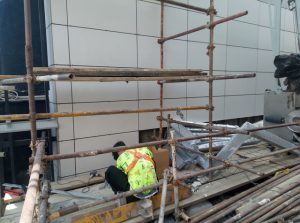
To gain a deeper understanding of the intricacies involved in designing and constructing double skin facades, our free PDF download serves as an invaluable resource. Packed with case studies, technical details, and sustainability insights, the document will equip readers with the knowledge and inspiration to embark on their double skin facade journey.
As architects and builders continue to prioritize sustainable practices, double skin facades will remain at the forefront of modern architecture. By harnessing the power of innovative materials and technologies, these facades will continue to evolve, providing increasingly efficient and environmentally responsible building solutions for the future.
In conclusion, the world of architecture is evolving rapidly, and double skin facades stand as a testament to the industry’s commitment to sustainability, functionality, and creativity. Embracing this architectural trend and leveraging the power of cutting-edge materials, we can pave the way for a greener and more aesthetically pleasing built environment.Double skin facade materials examples PDF free download,

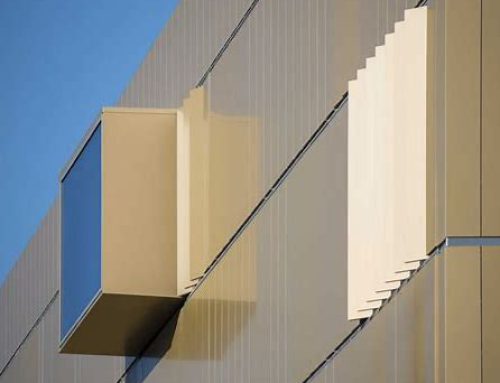

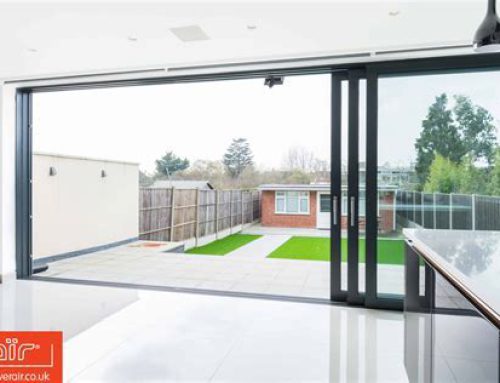
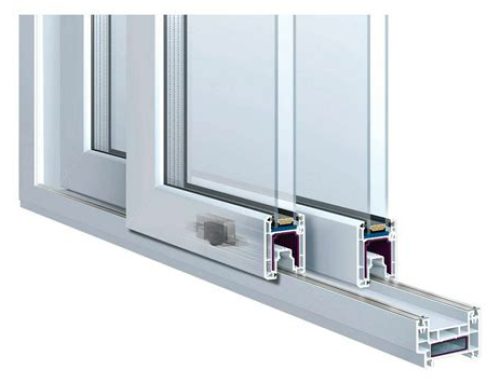
Leave A Comment